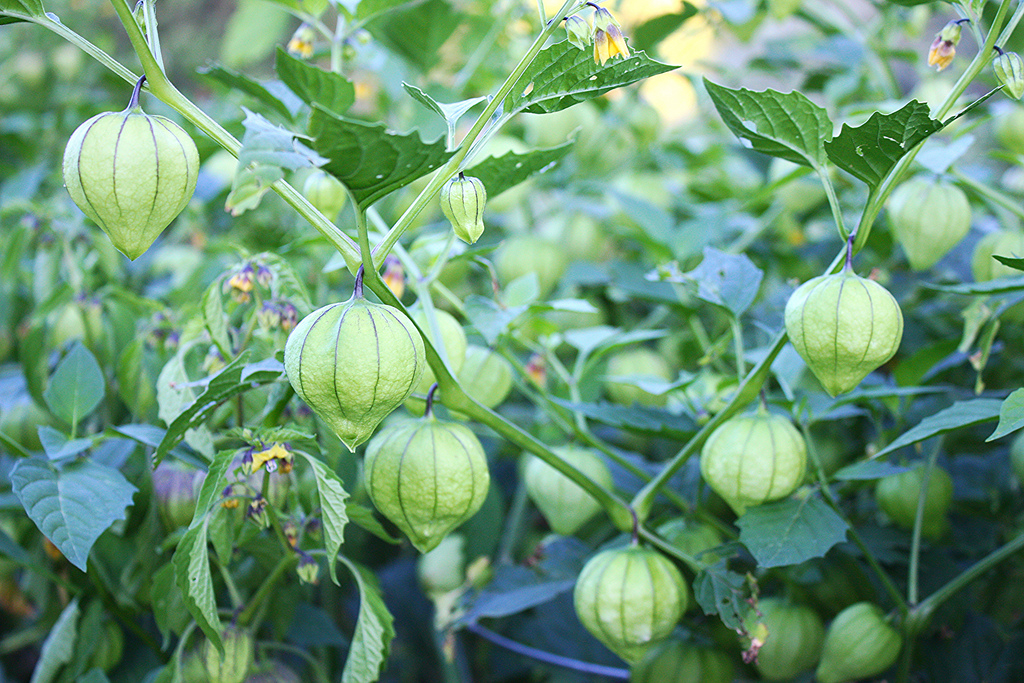Many of us stick to the same vegetables we know to eat and grow. If you fancy trying something a little different, and surprising your guests at your next dinner party give one of these 6 unusual vegetables a go!
Okra
Early spring
Although from sight the okra vegetable may look similar to a runner bean with its long green pods it is actually closely related to the cotton, cocoa and hibiscus plant. This plant can be seeded earlier than stated as long as it is kept inside until the last frost of winter, then this plant will flourish in warm weather leaving you with both a colourful flowered plant with a consistent harvest as long as it is well maintained.
Radicchio
Spring/fall
Cabbage like in appearance this purple red leafy vegetable will make your vegetable platter vibrant. The radicchio plant prefers cooler conditions and so it is best planted in early spring when it is still cool or late fall, before the harsh winter arrives. If you have grown the plant to a size where it has already established a head it will survive a harsh frost. This vegetable is diverse when it comes to harvesting, as you can choose to cut out individual leaves, or cut the head as a whole at whatever size you choose from lemon sized to melon size. It is worth remembering that the older the plant the more bitter the taste is produced.
Strawberry Spinach
Early spring
A colourful addition to your vegetable patch, the berries on this strawberry spinach plant shares similar colours to the strawberry but its leafy greens are lightly sweet addition to a salad. This crop likes cooler conditions but can manage with a little heat unlike its close relation the spinach plant. This plant can be harvested annually but it is worth keeping in mind that it is self seeding and so needs accurate management to stop it overtaking the garden and spreading.
Kohlrabi
Early spring
Similar in appearance to a beetroot it has the taste of a sweeter, crisp broccoli stem. This plant is closely related to cabbage, broccoli and kale. The kohlrabi plant benefits from seeding indoors 8-10 weeks before the last frost and then can bloom outside before temperatures peak at 75°F. The growth and harvest of this plant all depends on timings so needs careful research before attempting to grow.
Tomatillos
Late spring
If the name didn’t give it away already then yes this vegetable is a part of the tomato family but don’t be fooled, close in looks to the tomato it has a surprising tangy lime taste. If you grow this vegetable it would make a great addition to any salsa dish. To grow this plant successfully you need to avoid the last of the frost. After the frost this plant is easy to grow and harvest, all it needs is fencing to climb up and attach to and the tomatillos can be picked when ripe.
Lemon Cucumber
Early Spring
Related to the cucumber family, the lemon cucumber is small and round in shape similar to a lemon in appearance but it has the taste of a pickled cucumber. This plant will grow after the last frost and so to get a head start it can be seeding in individual pots kept inside. The benefits compared to a normal cucumber are that the vines are longer lasting and can be more productive, giving you more for your buck.
